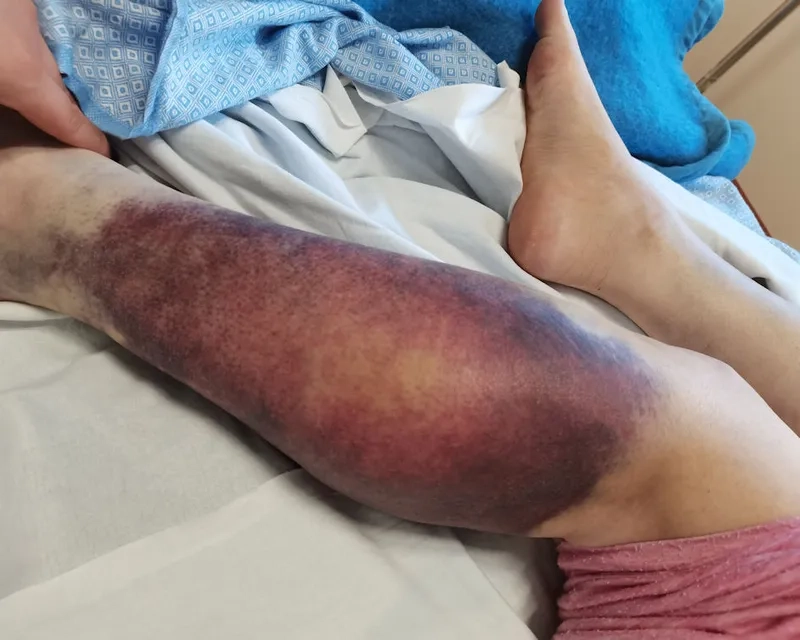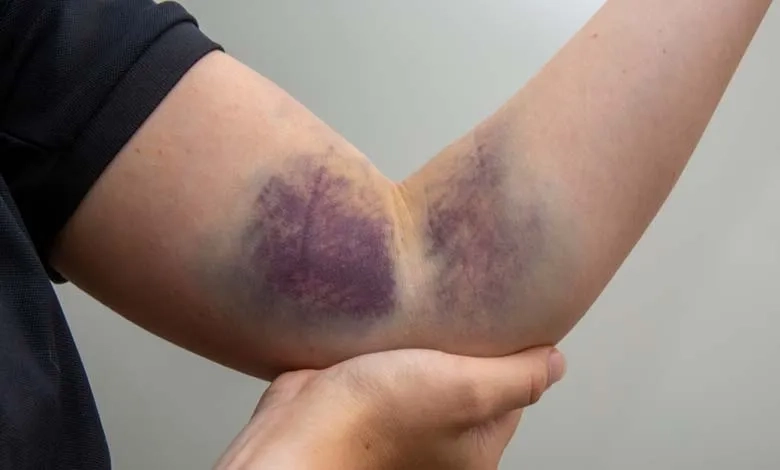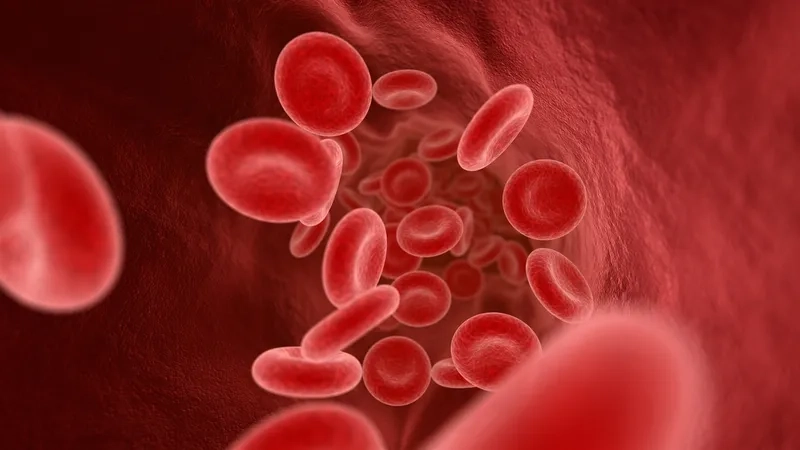Living with a bleeding disorder requires understanding and proactive care. Knowing the signs, genetic causes, and modern treatment options for Hemophilia is the first step toward managing the condition effectively and living a full life.
What are the main causes of Hemophilia?
- What is hemophilia? It is a rare, inherited disorder where the blood does not clot properly due to a lack of sufficient blood-clotting proteins, known as a hemophilia factor.
- The main causes of hemophilia are specific genetic mutations on the X chromosome, which explains why the condition predominantly affects males who inherit the gene.
- A deep understanding of hemophilia genetics is crucial, as a person typically inherits this condition from a parent who carries the specific mutated gene.

Key symptoms of Hemophilia to watch for
- Key hemophilia symptoms include unexplained and excessive bleeding from minor cuts, the appearance of large or deep bruises, and painful swelling in the joints.
- There are several types of hemophilia, but the two most common forms are Hemophilia A (a lack of clotting factor VIII) and Hemophilia B (factor IX deficiency).
- The severity of these symptoms directly corresponds to the amount of active clotting factor in the blood, ranging from mild to severe bleeding tendencies.
How can you prevent Hemophilia effectively?
- Although the genetic condition isn't preventable, hemophilia treatment effectively manages it by replacing the specific missing blood clotting factor to stop bleeds.
- This replacement therapy, using a specific hemophilia factor, can be given regularly as a prophylactic measure to prevent painful bleeding episodes before they start.
- The question "is hemophilia curable?" is complex; while not yet curable, emerging gene therapies offer significant hope for a long-term, single-dose solution.
>>> Don't miss: Living with sickle cell anemia - a comprehensive management guide
Image of the disease Hemophilia - joint bleeding







>>> Learn now: Thalassemia - understanding this inherited blood disorder
With modern treatments and proactive care, individuals with hemophilia can live full and active lives. Consult a hematologist to discuss a personalized management and treatment plan.
>>> Details at: Von Willebrand disease - a guide to the bleeding disorder




